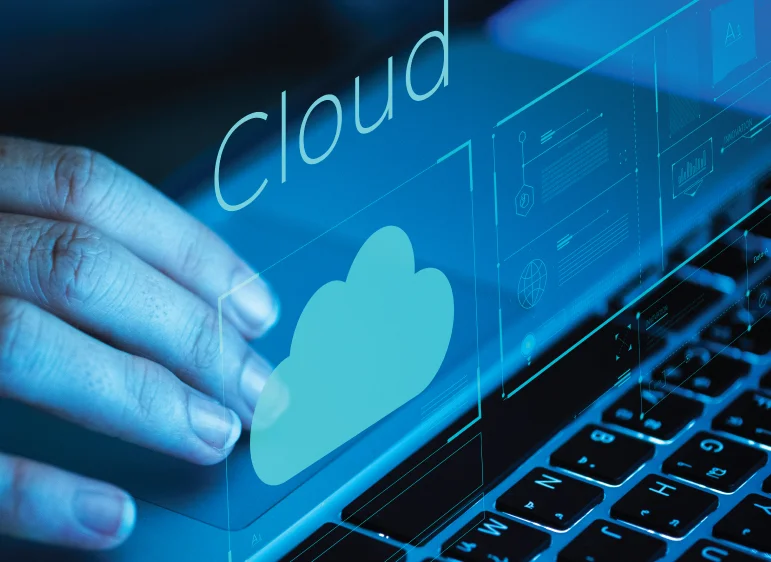Cloud Exodus: $2.4M Saved, But What's the Catch?
Grab, the Southeast Asian ride-hailing and delivery giant, just pulled a move that should make any cloud-dependent company sit up and take notice: they've replaced 200 cloud-based Mac Minis with physical machines in a Malaysian datacenter. The headline figure? A projected $2.4 million in savings over three years. But is this a simple cost-cutting exercise, or does it signal something deeper about the economics of cloud computing?
The Numbers Behind the Move
Let's break down Grab's rationale. They use Macs for their Continuous Integration and Continuous Delivery/Deployment (CI/CD) pipeline – essentially, building and shipping iOS apps. They initially moved to the cloud, like so many others, but found the costs adding up. GitHub Actions build minutes on macOS were reportedly ten times more expensive than Linux. And Apple's requirement that cloud providers charge for macOS utilization in 24-hour blocks (even if you only use it for a few minutes) creates a significant inefficiency.
Grab also considered macOS virtual machines but worried about performance. That's a reasonable concern. Virtualization adds overhead, and CI/CD pipelines are sensitive to latency. The move to physical machines yielded a reported 20-40% improvement in CI/CD performance. That's not an insignificant bump.
Now, about that $2.4 million figure. It’s tempting to take it at face value, but we need to consider the capital expenditure involved. Setting up a datacenter, even a relatively small one, isn't cheap. Grab houses 200+ Mac Minis in four 42RU racks, typically fitting 70 minis in one rack. They also need core switches and firewalls. Details on the initial investment remain scarce, but the amortization schedule is crucial. If the setup cost was, say, $1 million (a conservative estimate, I suspect), the net savings are lower.
The Basecamp Precedent and the Question of Control
Grab isn't the first company to question the cloud's economic supremacy. Basecamp famously saved millions by moving from AWS to its own hardware. The core argument? Control. With your own hardware, you have complete control over resource allocation and utilization. You're not paying a premium for unused capacity or dealing with the unpredictable pricing models of cloud providers.

And this is the part of the analysis that I find genuinely interesting. Cloud providers sell convenience and scalability, but those come at a cost. For companies with predictable workloads and the expertise to manage their own infrastructure, the cloud premium might not be worth it.
Grab uses Jamf's Mac management tools for zero-touch provisioning of new machines. This is key. Automating the management of hundreds of Macs is essential for making this model work. Without it, the operational overhead would likely negate the cost savings. But what about the added maintenance costs? What about the cost of physical security? The power and cooling? These factors are not explicitly mentioned, but they must be factored into the $2.4 million savings.
The 20-40% improvement in CI/CD performance is also worth a closer look. Is this a consistent improvement across all builds, or is it more pronounced for certain types of tasks? The devil is always in the details.
The Real Cloud Calculation
Grab's move highlights a critical point: the cloud isn't always the most cost-effective solution. It's a tool, and like any tool, it should be used judiciously. Companies need to do a rigorous cost-benefit analysis, considering not just the sticker price but also the hidden costs of cloud dependency. Are companies truly analyzing their cloud spend with the same rigor they would apply to a major capital investment? Or are they simply accepting the cloud as the default option? And if others followed Grab's lead, what would that do to the cloud provider's market? Rideshare giant moves 200 Macs out of the cloud, saves $2.4 million - theregister.com
When the Hype Fades
Grab's decision underscores a fundamental truth: the cloud isn't a magical money-saving solution for everyone. It's a trade-off, and companies need to understand the terms of that trade.
A Reality Check on Cloud Religion
The $2.4 million figure is eye-catching, but the real story is about control, predictability, and the willingness to challenge conventional wisdom. Grab's move is a reminder that sometimes, the best solution is the one you build yourself.
Tags: cloud
Nairobi: Embassy Closures and Time Zones – What We Know
Next PostWendy's Closing Hundreds of Restaurants: What's Going On in Iowa City?
Related Articles
